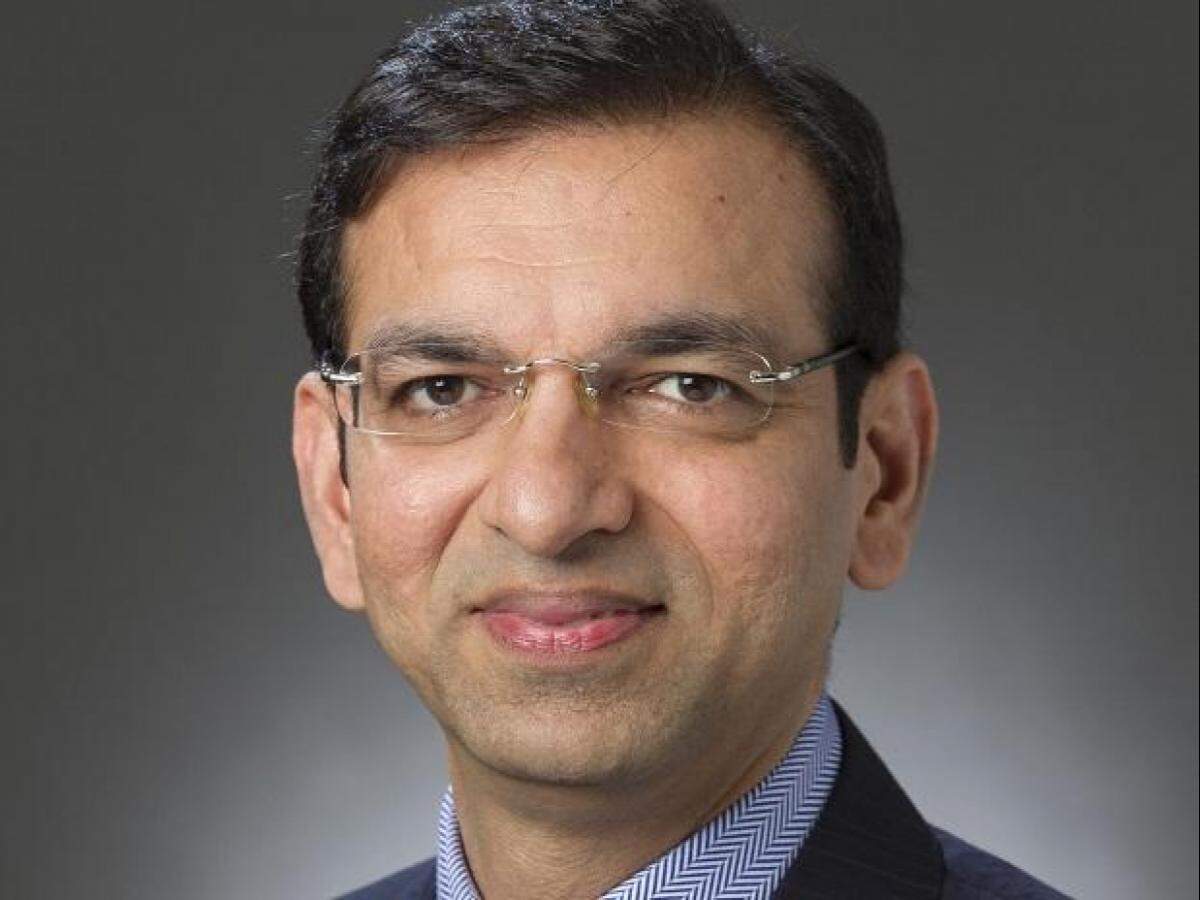
Inflation may challenge global financial markets in the middle of 2022, says Morgan Stanley‘s chief economist Chetan Ahya. Edited excerpts from an interview:
Which countries in developed markets are taking steps to drive growth? Also what is the role of emerging markets in driving global growth?
It is quite broad-based in DMs (developed markets). We are going to see recovery in both US and in Europe, but the US is playing an outsized role in this cycle. It is actually leading the front in terms of capex. Within EMs, China is leading investments. China’s private investments have always been linked to improvement in external demand and we are already seeing an evidence of that. But we should see it being broad-based across DMs and across EMs. Even some of the big economies in Asia will see improvement in external demand. They should see improvement in capex.
What is the impact of the dovish and accommodative stance of global central banks on inflation?
We have been highlighting that in this cycle there is a regime shift taking place as far as the inflation dynamic is concerned. The policy support has been expansionary, even when we had aggressive recovery. For instance, in the US we are expecting GDP to reach pre-COVID path in the third quarter of this year and yet the Fed has not begun to hike interest rates. So a very different policy set up is being taken up in DMs. It is because they are trying to work through challenges like income inequality that they were facing even pre-pandemic. Both the government and the Fed are trying to make the recovery more inclusive and want to be sure that we have the low-income segment on board in terms of jobs opportunity. So we are, therefore, expecting inflation numbers to be higher in DMs.
The Fed is indicating that it wants the inflation numbers to be between 2-2.5%, but there is a risk that inflation can surprise on the upside. In that scenario, you may have some challenges in the global financial market but that risk emerges in the middle of 2022. In the interim phase, the Fed will be able to manage the markets and the financial conditions.
What are your thoughts on the way commodities are rallying right now and its impact on inflation?
The capex cycle will have a big influence on the demand for commodities. Capex will be the best in the last five cycles that we have seen. As far as the US is concerned, it will be the best since 1940. In fact, the US capex cycle looks like it is similar to the post-World War II era. We had a big fiscal expansion during World War II and in this cycle as well we have seen a big fiscal expansion. So that strength in aggregate demand is driving the capex in the US and that strength in capex cycle tells me why you have this boom in the commodities market.
How are you reading movements on the dollar front?
In the near term, the dollar should be in a stable range. Two countervailing forces are in operation. One is whenever we see global reflation, you tend to see a downward pressure on the dollar. At the same time, we are looking for US interest rates to gradually go up ahead of other developed market countries. Because of that rise in real interest rates and differentials between US and other parts of the world, you have upward pressure. All that counter balances each other and, therefore, we are expecting the dollar to be range-bound.
What are your thoughts on India? Historically, we have seen that whenever there is a big crisis in the US followed by expansionary policies of the Fed, emerging markets also a see ripple effect.
Right now, if you think of it from an investors perspective, they have been very sceptical on emerging markets. The biggest factor that is holding back their interest in emerging markets is the challenges related to Covid pressures and rising cases in countries like India and Brazil. Emerging markets have finally started to take up vaccination. They would also be contributing to global growth meaningfully. It is the same view that we have for India too. We already have the support of external demand. There has been some improvement in capex. You should see a more broad-based recovery from the first quarter of next year in emerging markets, including India.
Go to Source